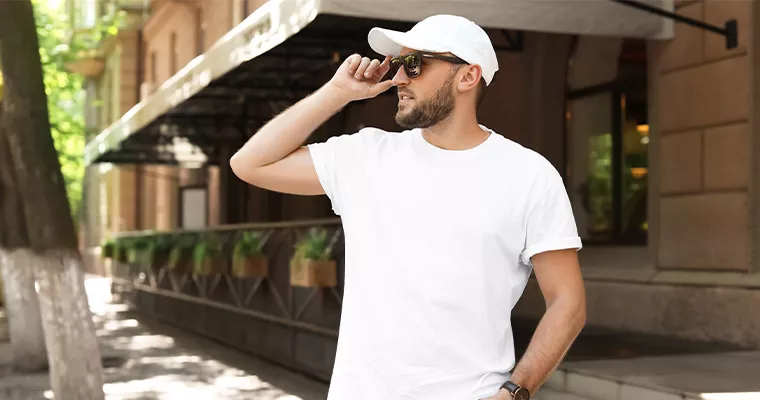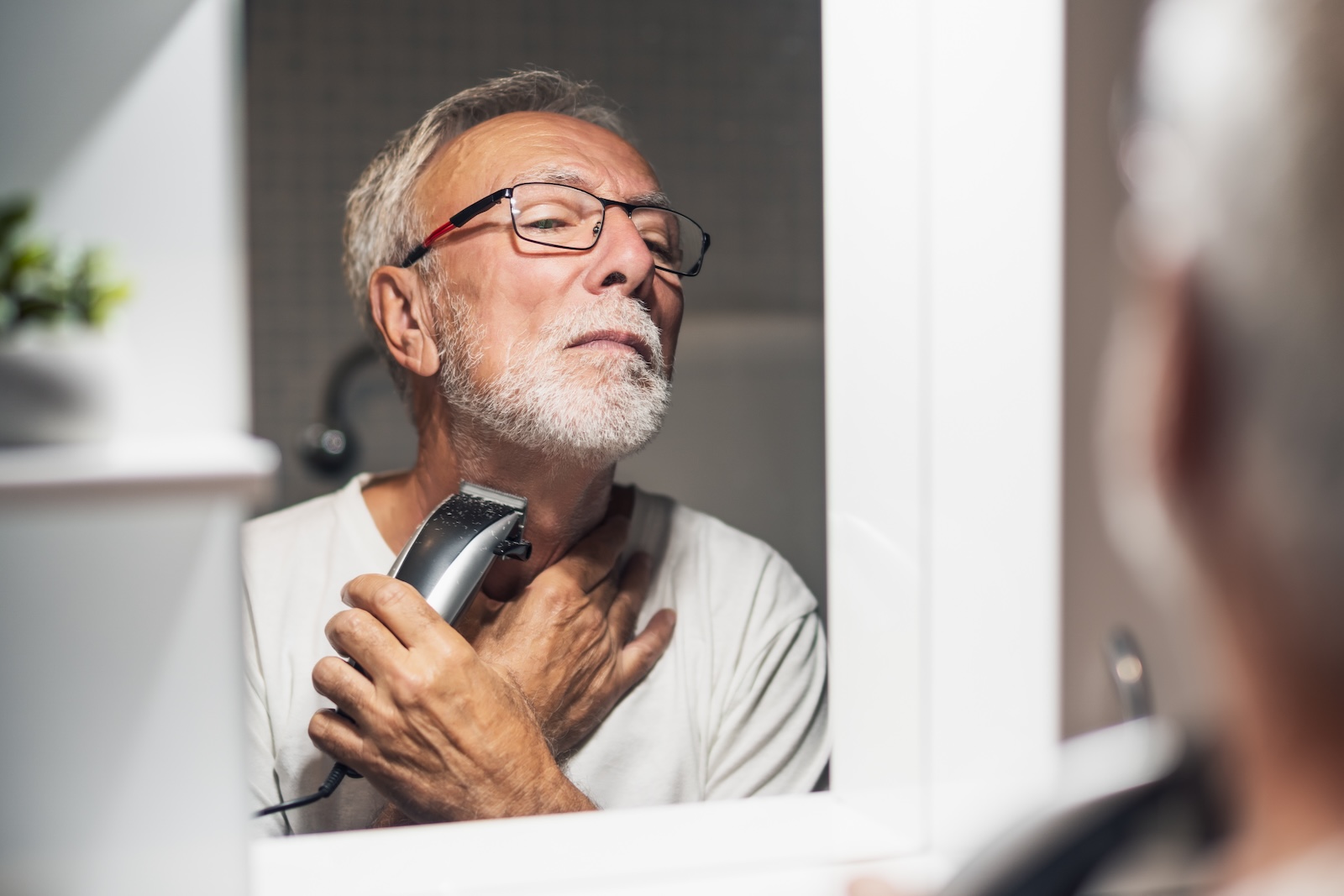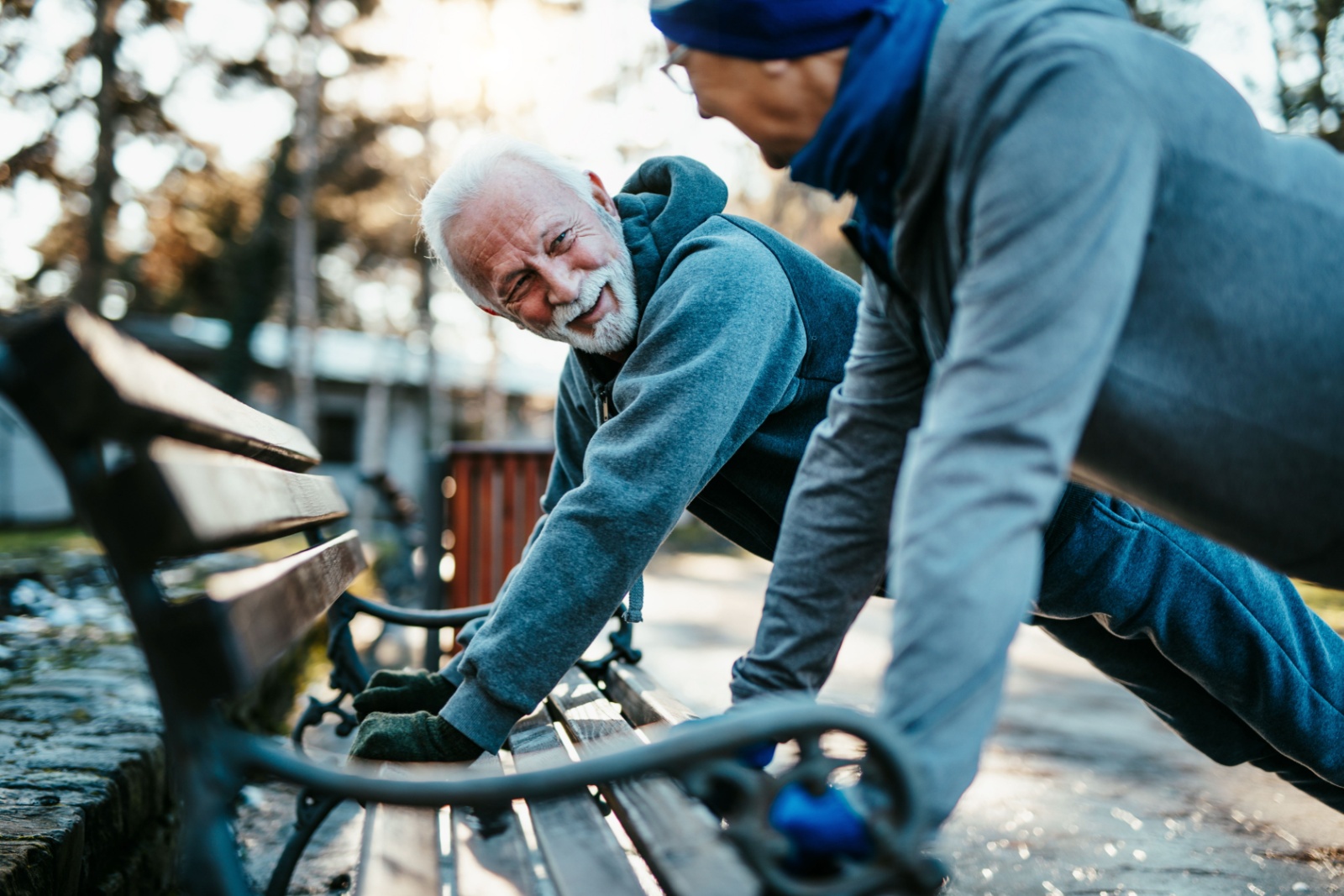Magazine
The Best Ways to Treat Styes and the Best Ways to Prevent Them
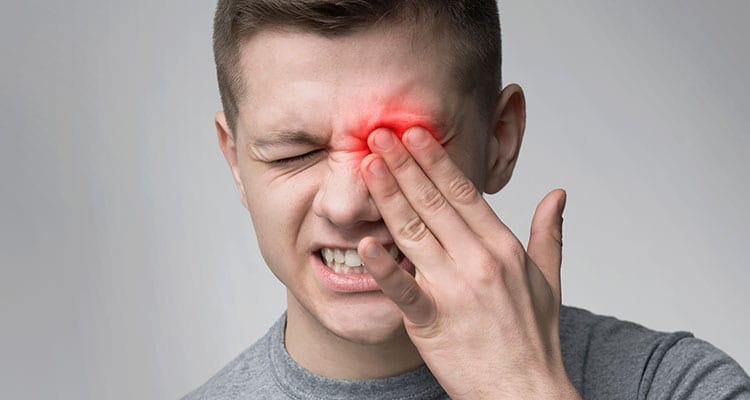
Whether you’ve had them or not, we can all safely agree that styes are both a great pain and definitely not a sight for sore eyes. The first symptom is usually pain accompanied by swelling, redness and tenderness around the eye. But aside from the evident discomfort and the unpleasant appearance (as in later stages a lumpy white head may appear in the corner of the eye) – styes are a localized eye infection that requires your full attention.
Styes or Pink Eye, and Why Does it Matter?
People often confuse the casual pink eye with Styes – but they should not to be confused. In order to properly treat styes, one must first be able to identify them, because unlike pink eye, styes are caused by an infection on the oil glands of your eyelid – which can in fact be prevented. However, pink eye is often caused by viruses, bacteria or allergies.
One of the best ways to differentiate between the two is by recognizing their symptoms. Pink eye and usually causes blurry vision, tearing or pus around your eye and itching. Styes, on the other hand, cause sensitivity to light, grainy sensation in the eye and pain around and in the eye area. The main distinction between the two is the actual way they are dealt with.
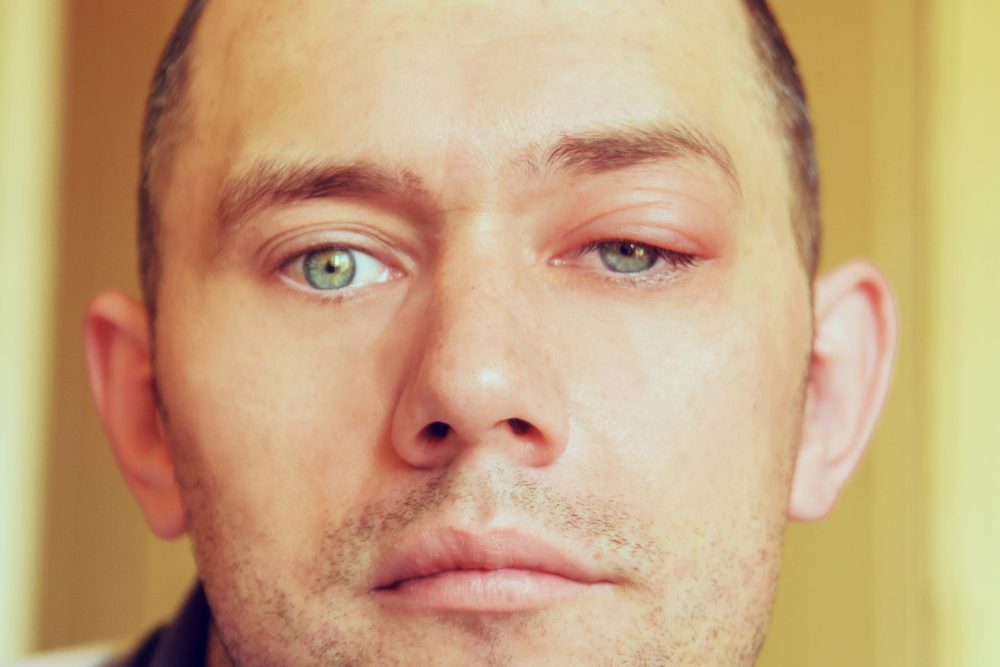
To properly treat styes, you must first be able to identify them
Don’t Just Treat Styes – Banish Them for Good!
Once you’ve spotted the lump on your eyelid or beneath your eye (it could also point externally or internally) and determined that this was indeed a sty, you should take the following measures to treat it:
- Do not touch the sty – it is important to note that no matter what you do – you mustn’t pop a stye!
- Make sure to properly clean your eyelid – when you treat styes, your hands and fingers should be thoroughly rinsed to prevent the transmission of bacteria.
- Place a warm cloth on your eye – to relieve the pain and swelling, you can place a warm (and clean!) washcloth for no longer than 10 minutes.
- Skip contact lenses or any other item that usually comes into contact with your eyes.
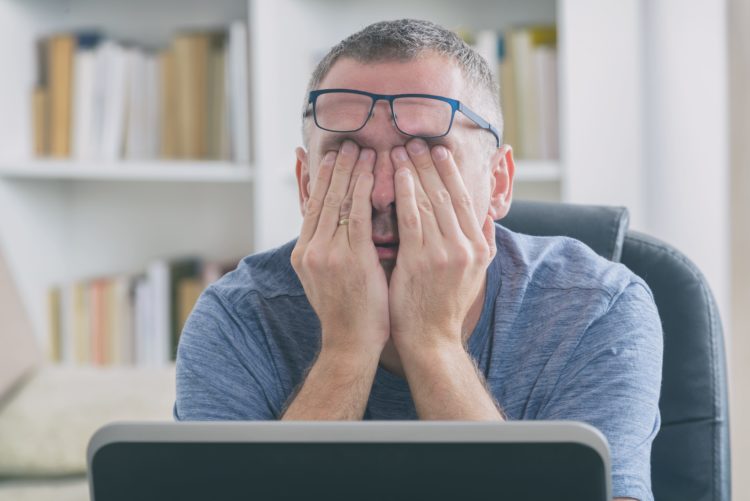
Do not touch the sty!
The general instructions are to simply let the infection be, as it passes naturally within a week or so.
Now that you’re sty-free, you should consider how to prevent the next infection. The key is adopting a steady hygiene routine, one that maintains the cleanliness of both your face and eyes alike. Here are some thumb rules to consider:
- Always ensure that objects that come into contact with your face and eyes, be they towels, shaving equipment, your pillowcases and even your fingers; are always clean and sterile.
- Wash your face twice a day – once in the morning to clean off oils that have been accumulated throughout the night and once before you go to sleep.
- Incorporate a proper solution that would nourish your skin, and prevent the clogging of oil glands (which is the main cause for styes). When using such a solution, be sure to choose a solution that suits your skin (Particle, for instance, was designed especially for men and for all skin types).
More Than Meets the Eye
Though there isn’t a foolproof method to ensure you’ll never suffer such infections, there is a right way to treat styes; prevention. Once you’ve acquired an easy yet useful routine, there’s really not much to it; both your eyes and face would be in great (clean) hands.
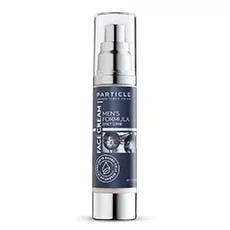
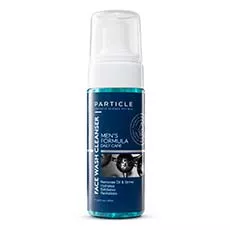
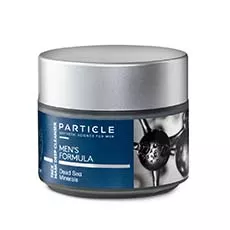
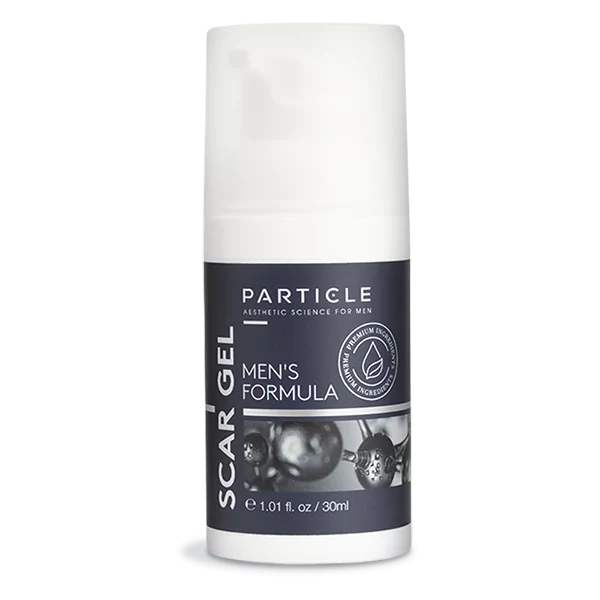
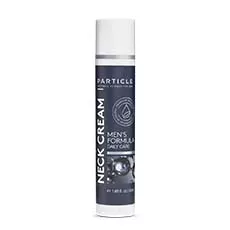
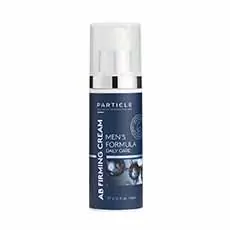
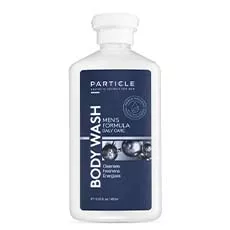
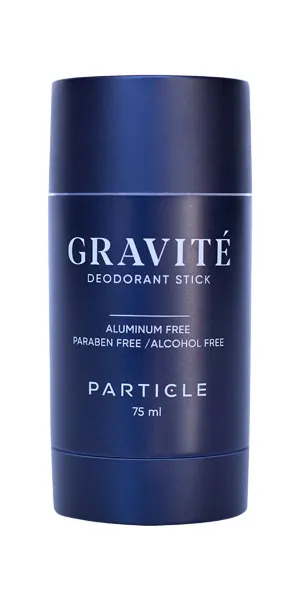
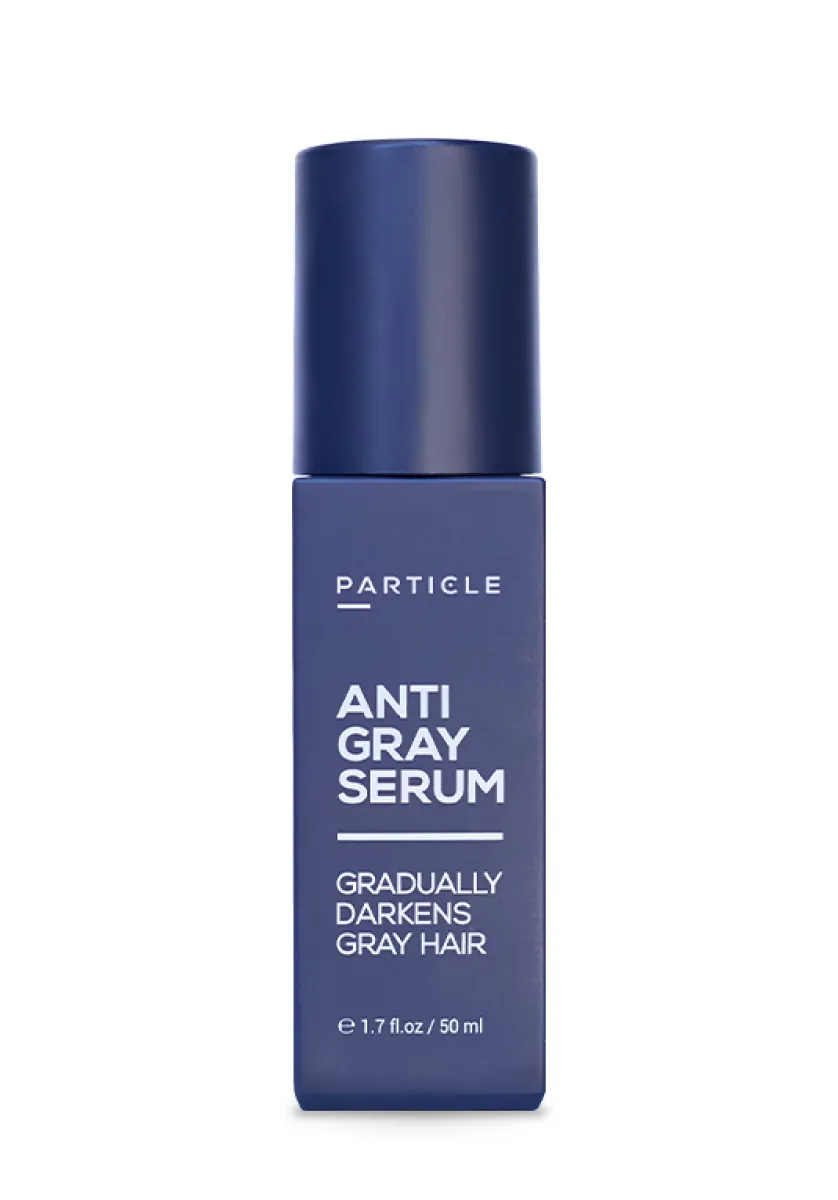
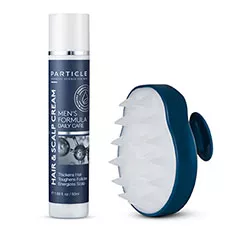
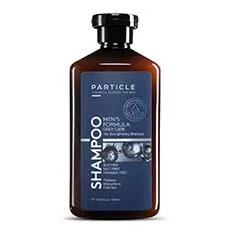
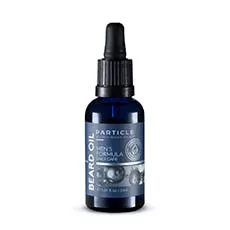
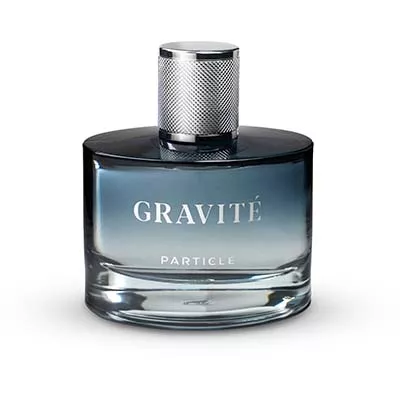

 au
au












